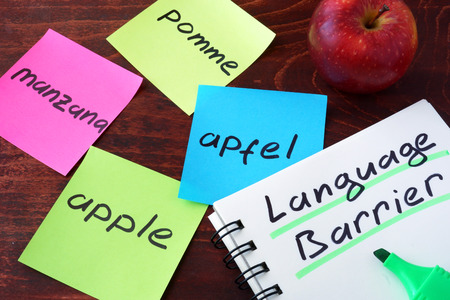
Canada is a kaleidoscope of cultures and languages from around the world. As the number of residents whose native language isn’t English increases, the need for editors who can edit their writing effectively and sensitively grows, too.
Before my editing career began, I taught English as a second language for over 15 years in China, Macedonia, Morocco and the United Arab Emirates. Through interactions with people from many cultures, I’ve learned much about how to edit the writing of people whose first language isn’t English. The task brings unique challenges and considerations, but it also brings an added sense of accomplishment with the end result. These are some of my strategies for approaching it.
Adjust Expectations
When I edit the writing of a native speaker, my expectations of the writer’s language level and correctness are fairly high. When the writer isn’t a native speaker, I adjust my expectations so that they are less rigorous: I read the text through a different lens, remembering that the writer is more likely to make errors that come from a lack of knowledge of grammar, spelling or punctuation, or of the appropriate cultural phrasing or usage. When I prepare for these in advance, I’m more patient when I edit.
Approach Editing as Teaching
I explain my changes with more frequent comments and more in-depth explanations than when I edit for native English writers. Rather than only tracking my changes, I explain what the error was and why I made that specific change. My goal is to teach the correct usage; my hope is that the writer will learn from the explanations over time to improve his or her overall English skills — in speaking as well as writing, because the learning transfers — and will become better able to self-correct, with less need for intensive editing.
Simplify Comments
In my comments, I am conscious of my language level and word choices. I follow these general guidelines.
- Make comments as short as possible while still getting the point across.
- Avoid complicated clauses within comments.
- Use the simplest language possible. Avoid complex words and metalanguage that the writer may not know, such as “adjectives” or “clauses.”
- If multiple comments apply to the same text, separate the comments rather than presenting them as a large block or a long list.
- As much as possible, highlight only the specific words that a comment applies to rather than the whole sentence or paragraph so that the comment and the related text are easy for the writer to match up and understand.
The process of editing can be more challenging when the writer comes from a different language background, but the results can also be more rewarding. What strategies do you find useful for these situations? What challenges have you encountered?
Discover more from The Editors' Weekly
Subscribe to get the latest posts sent to your email.
